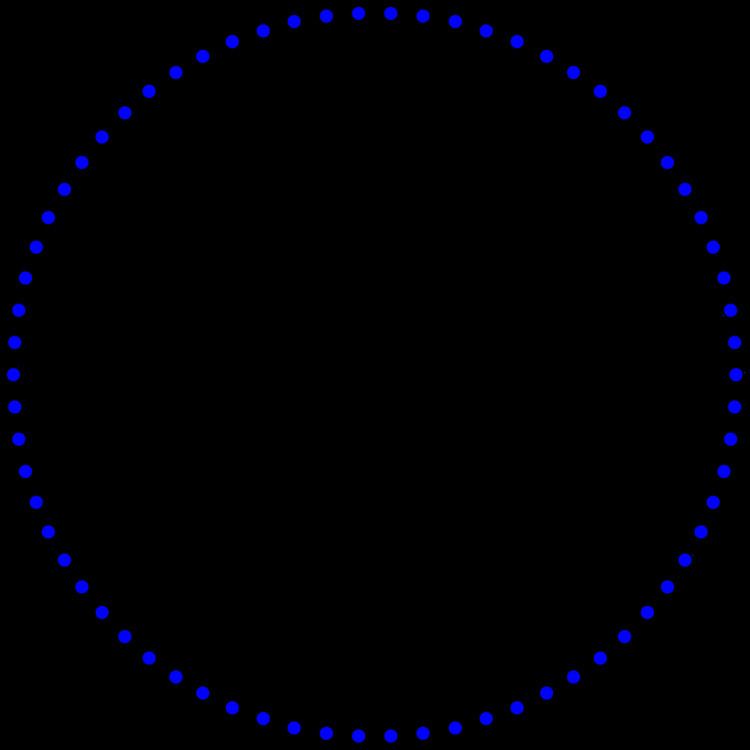Named after A. T. Balaban Edges 105 Diameter 6 | Vertices 70 Radius 6 Girth 10 | |
 | ||
In the mathematical field of graph theory, the Balaban 10-cage or Balaban (3,10)-cage is a 3-regular graph with 70 vertices and 105 edges named after A. T. Balaban. Published in 1972, It was the first (3,10)-cage discovered but is not unique.
The complete list of (3-10)-cage and the proof of minimality was given by O'Keefe and Wong. There exists 3 distinct (3-10)-cages, the other two being the Harries graph and the Harries–Wong graph. Moreover, the Harries–Wong graph and Harries graph are cospectral graphs.
The Balaban 10-cage has chromatic number 2, chromatic index 3, diameter 6, girth 10 and is hamiltonian. It is also a 3-vertex-connected graph and a 3-edge-connected graph.
The characteristic polynomial of the Balaban 10-cage is
References
Balaban 10-cage Wikipedia(Text) CC BY-SA
